Many people around the United States — and the world — recycle to try to manage plastic waste. For decades now, the public has been told that recycling could help the growing problem of plastics and pollution.
However, a new report has said that recycling actually doesn’t work at all. Even more damaging, this report revealed that the plastics industry knew all along that recycling wouldn’t help with climate and pollution issues. Though they knew this, they continued to lie to the public.
Recycling Doesn’t Solve Any Problems

According to a new report titled “The Fraud of Plastic Recycling,” plastic and oil industries knew that recycling wouldn’t change anything about pollution problems. However, they knowingly pushed that it would.
This report was released by the Center for Climate Integrity (CCI). Throughout it, the CCI shows how these major corporations deliberately deceived the public for their own gain.
Corporations Created a Deceitful Campaign
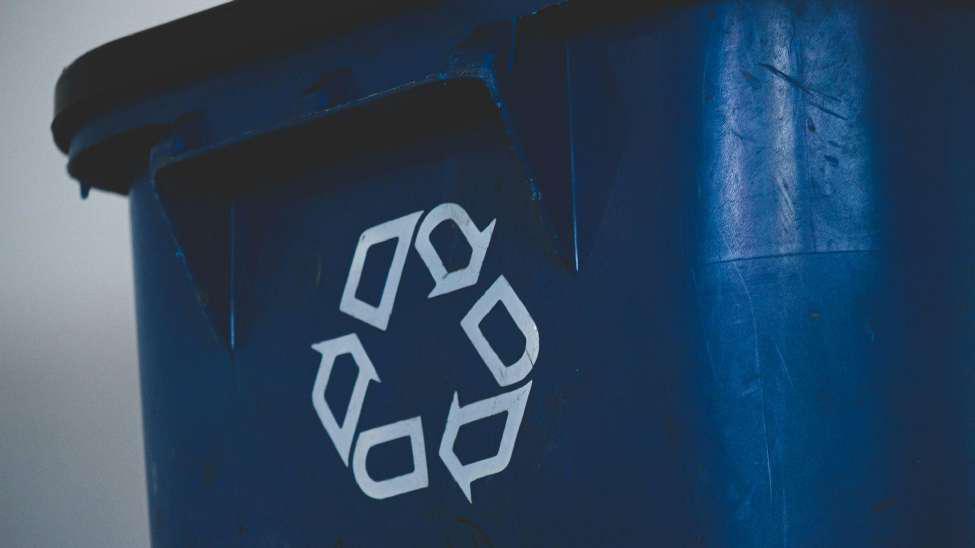
CCI has insinuated that major players in the plastic and oil industry have created a decades-long campaign to sway public opinion about recycling. Through this campaign, these corporations convinced many Americans — and others around the world — that recycling could really help the pollution problem.
According to this report, this was all done because these companies were working to protect the plastic industry. Many regular citizens don’t want to deal with landfills and pollution that are caused by plastic waste. To avoid accountability, the plastic industry devised this deceitful campaign about recycling.
The Plastic Industry’s Campaign in the 1950s

The plastic industry first began to campaign about plastic waste in the 1950s. The industry needed to search for a feasible way to dispose of plastic. Their answer was to fill landfills with plastic waste. Their other option was incinerating the waste.
However, these solutions quickly faced mass backlash from many. Regardless, from the 1950s to the 1970s, this was what the plastic industry said was the only option for dealing with waste.
A New Idea in the 1980s

Once the backlash hit a breaking point, a new idea was developed in the 1980s. Recycling became the new solution to dealing with plastic waste.
However, this new report shows that the plastic industry knew even way back in the 1980s that recycling wouldn’t do much to help with landfills and plastic waste. The plastic industry touted this new idea into the 1990s, running campaigns that this solution could change everything.
Why Recycling Doesn’t Work
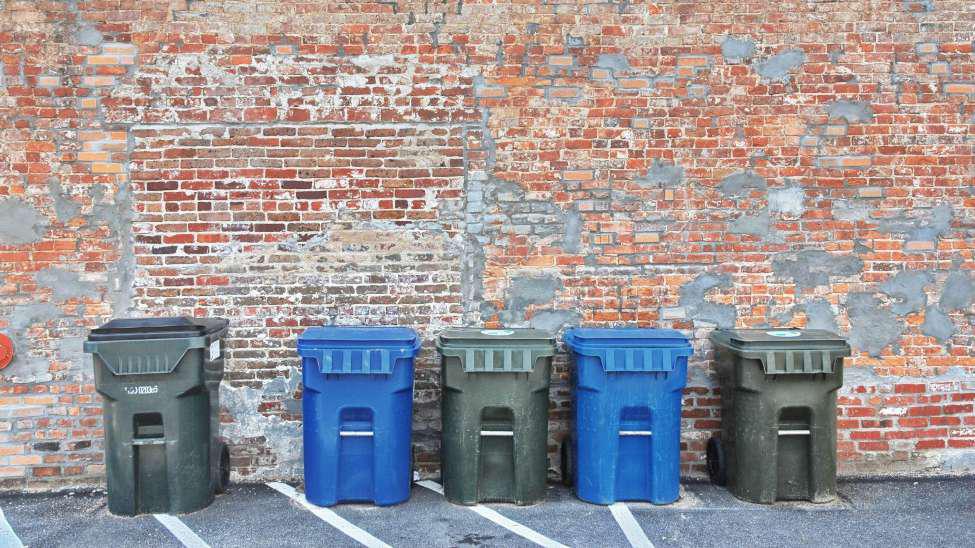
This recent study also explains in detail why recycling does not work in either the short or long term. One of the biggest problems with recycling is the fact that there are no corporations to buy recycled materials to make new products.
While many companies do exist to do this, there isn’t nearly enough. As a result, these plastics do not have an end market. Often, they’ll just end up incinerated or in landfills.
Many Plastics Cannot Be Recycled
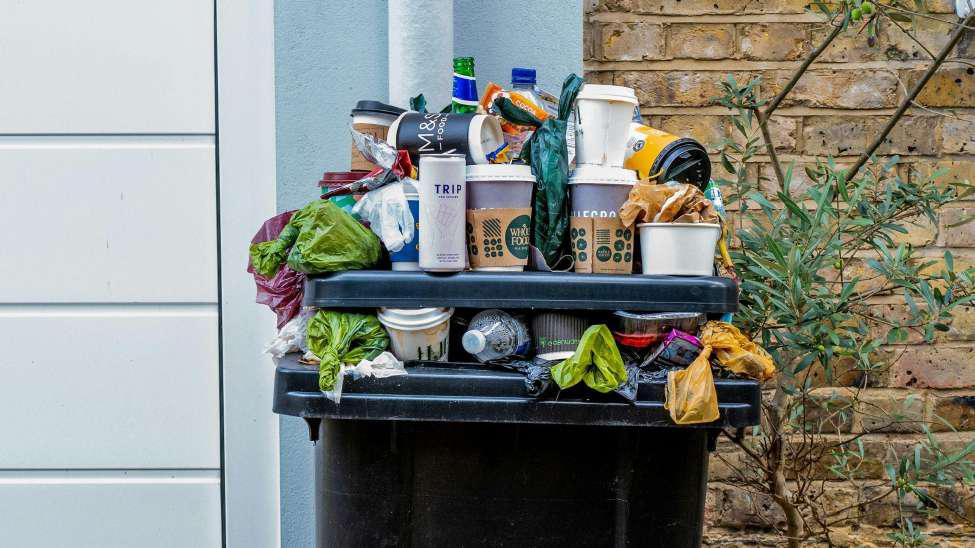
Many people may not be aware that the plastic they’re recycling actually cannot be recycled. A variation among plastics makes it harder to recycle accurately.
There are many plastics that are single-use simply because they are made up of different types of plastic polymers. However, because they are formed in this way, there is no way to separate the different plastics. Therefore, there is no way to recycle them for future use.
Plastics That Are Recycled Become Degraded
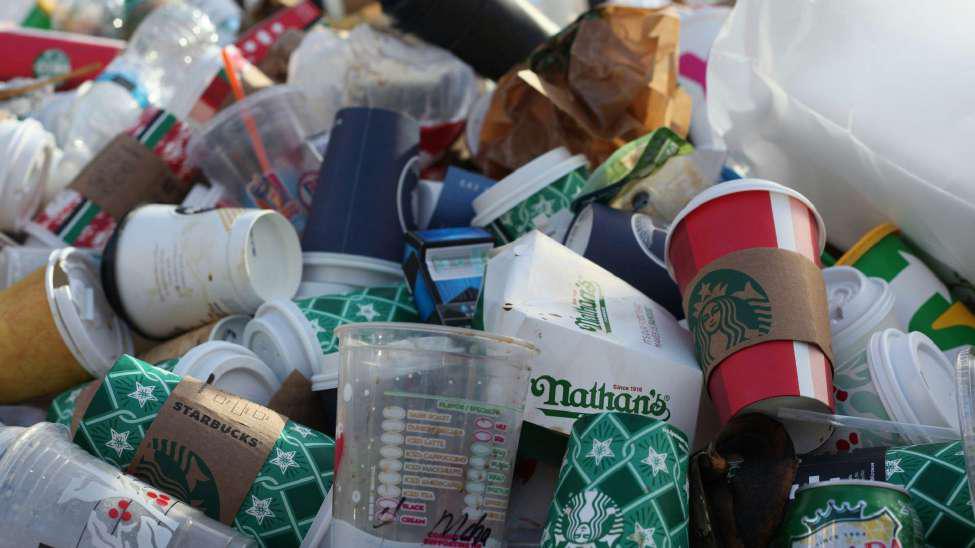
Another reason why recycling doesn’t work is because many plastics cannot be recycled over and over again. Often, the plastics that are recycled are only done so once, as they degrade. Rarely are these plastics recycled twice.
As a result of this, there is no way to keep recycling the plastics that are being made. Eventually, these plastics must be dealt with, as the waste still remains. Landfills and incineration are often the only options the plastics industry has available.
Plastic Has Toxins
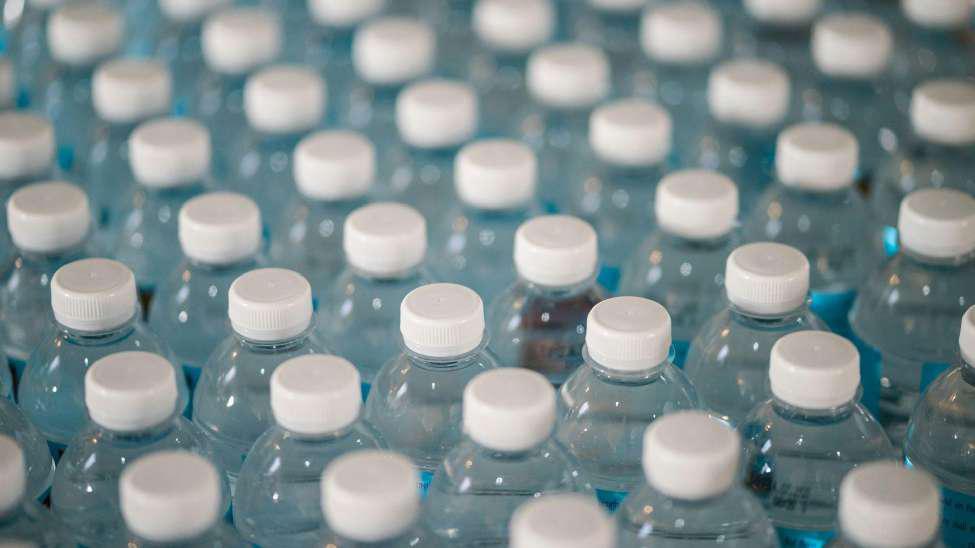
Recycling also doesn’t work because plastic has toxins attached to it. It also has chemical additives. Therefore, the toxicity and these chemical additives can limit how plastic is recycled.
Finally, the last major reason why recycling fails is because it’s expensive. It takes a lot of money to recycle plastic, and the end result is always an inferior plastic product.
The Blame Is on the Plastic Industry and Big Oil

CCI says that the plastic industry is mainly to blame for this deception — but so is Big Oil. They explain that those responsible include “Big Oil and the plastics industry – which includes petrochemical companies, their trade associations, and the front groups that represent their interests.”
As a result, the corporations aren’t just to blame. Many stakeholders, organizations, and associations aligned with these industries are also liable.
CCI Wants Companies Held Accountable
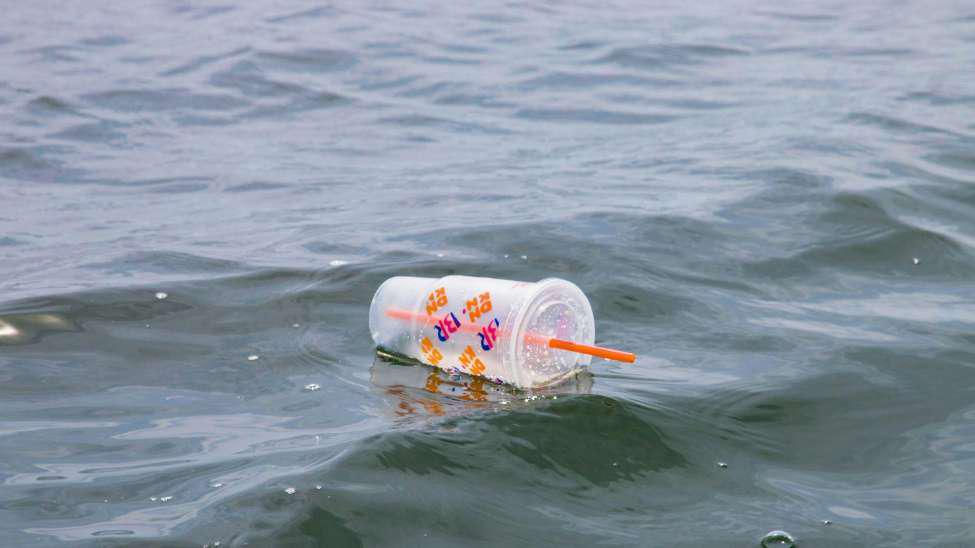
In their report, CCI says it hopes that the plastics industry and Big Oil will be held accountable for their decades-long deceitful campaign. These organizations knowingly pushed a lie and made regular citizens believe that recycling could change pollution and plastic waste for the better.
“Big Oil and the plastic industry’s decades-long campaign to deceive the public about plastic recycling has likely violated laws designed to protect consumers and the public from corporate misconduct and pollution,” Alyssa Johl, the vice president of legal and general counsel at CCI, said.
Other Companies Have Been Charged for Similar Deceptions
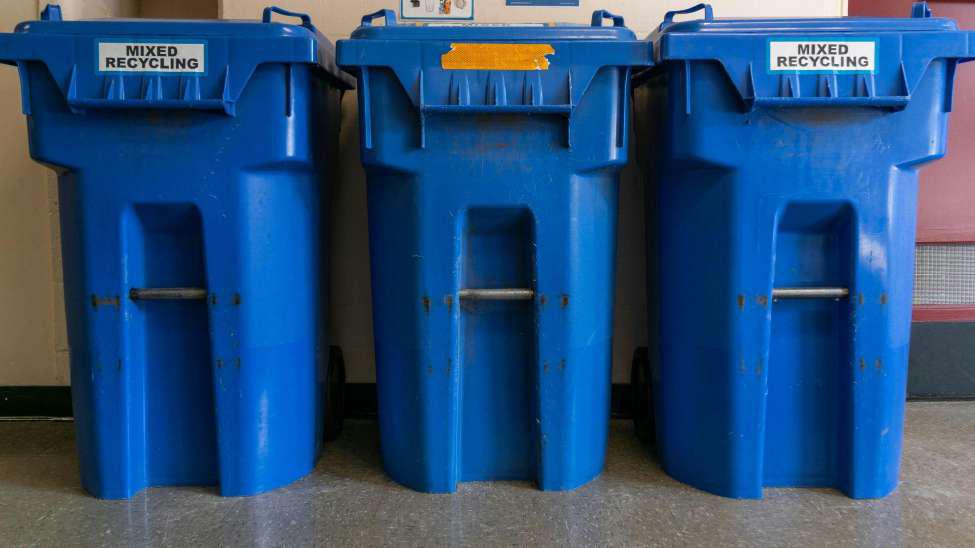
CCI has said they hope that attorney generals and legal officials look at this evidence and take necessary action. They also pointed out that other companies have been charged in the past for doing exactly what Big Oil and the plastic industry have done.
“Fossil fuel and other petrochemical companies should now be held accountable for their deliberate campaign of deception and the resulting harms, much like tobacco and opioid companies that employed a similar playbook,” the report says.
Dangers of Microplastics
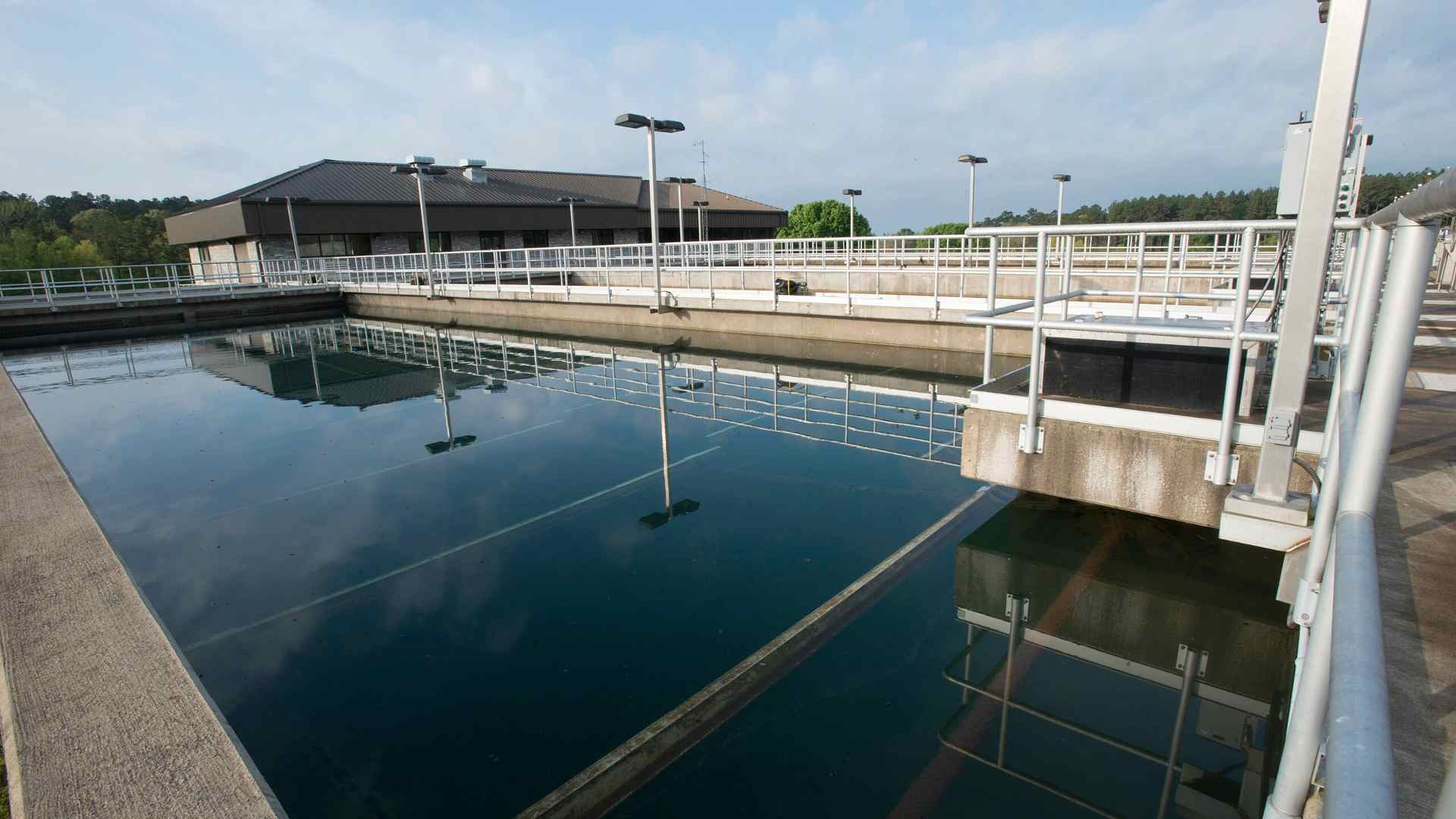
Another issue with recycling that has been discovered is that many recycling processes release dangerous amounts of microplastics into the surrounding environment.
A study reported on by the Guardian found that even state-of-the-art recycling facilities released substantial amounts of toxins. This study found that 13% of the plastic processed in a facility in the UK ended up being released into the water. Microplastics finding their way into the water supply is particularly alarming for health experts because of the potential damage they can do to human health and the environment.
Results Shocked Scientists

The results surprised even the scientists who performed the study, who did not expect such high results. Lead researcher Erina Brown said “I was incredibly shocked. “It’s scary because recycling has been designed in order to reduce the problem and to protect the environment. This is a huge problem we’re creating.”
The team installed a specialized water filtration system at the recycling plant that was able to reduce the microplastic concentration down to 6%. However, 6% microplastic content is still a huge quantity that can cause people harm. These results underscore that we cannot just recycle our way out of our plastic problem.
What are Microplastics?
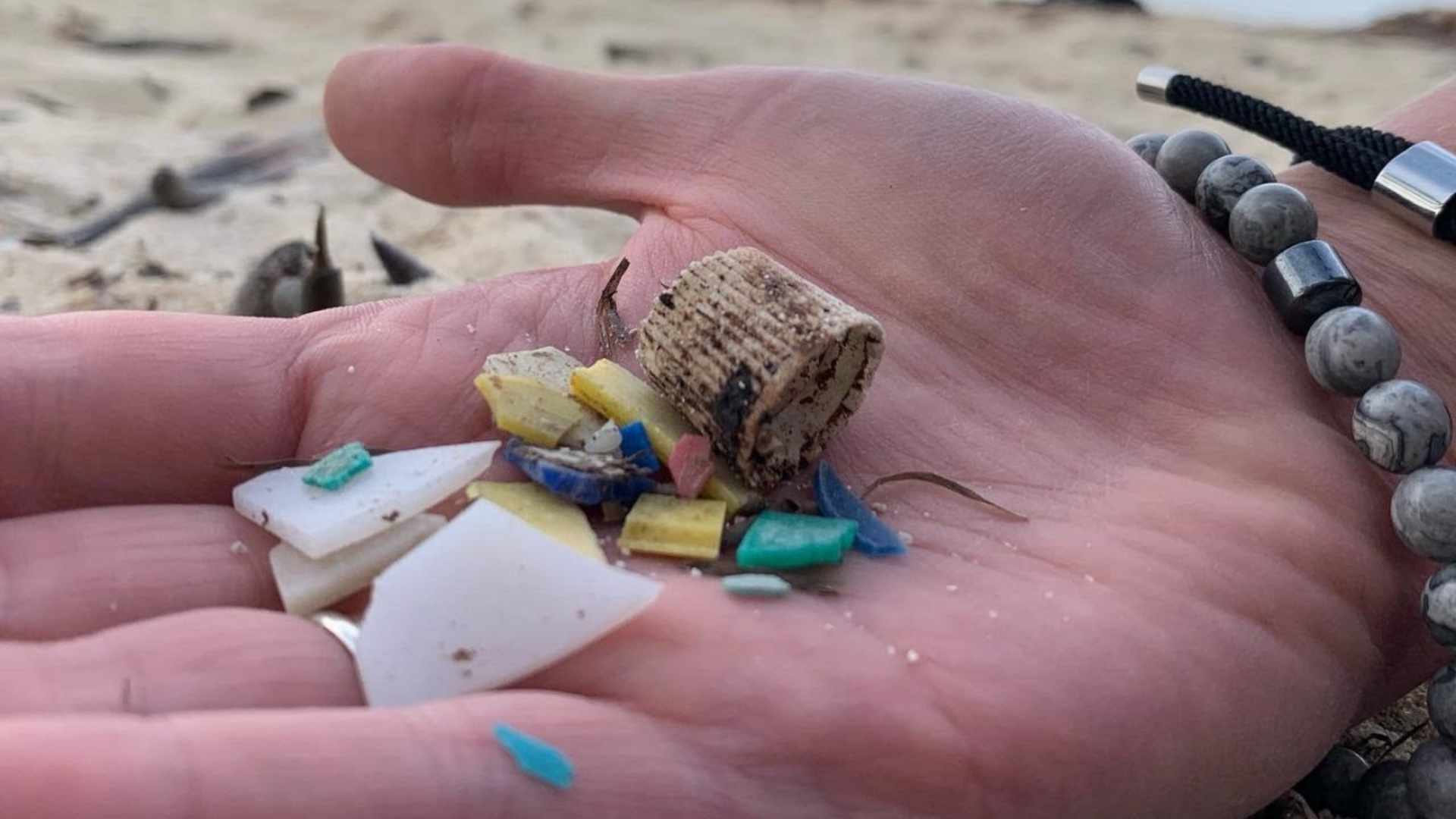
The National Ocean Service defines microplastics as tiny pieces of plastic no more than 0.20 inches long that can be imperceptible to the human eye. However, while they are hard to see, the effects they have on human health and the environment are real.
Microplastics have the potential to cause damage to human cells as shown in laboratory tests. They are also associated with lung damage if a large enough quantity is inhaled quickly or over a longer period. Like plastics, microplastics don’t degrade quickly and can stick around for years.
Environmental Threat of Microplastics

The fact that plastic recycling creates a significant amount of microplastics means that recycling can actually do harm to the environment, which kind of defeats the purpose.
According to the National Library of Medicine, microplastics have become a threat across the world. They have also become a form of pollution that is difficult to control once released into the world.
How Does Microplastic Pollution Harm the Environment?
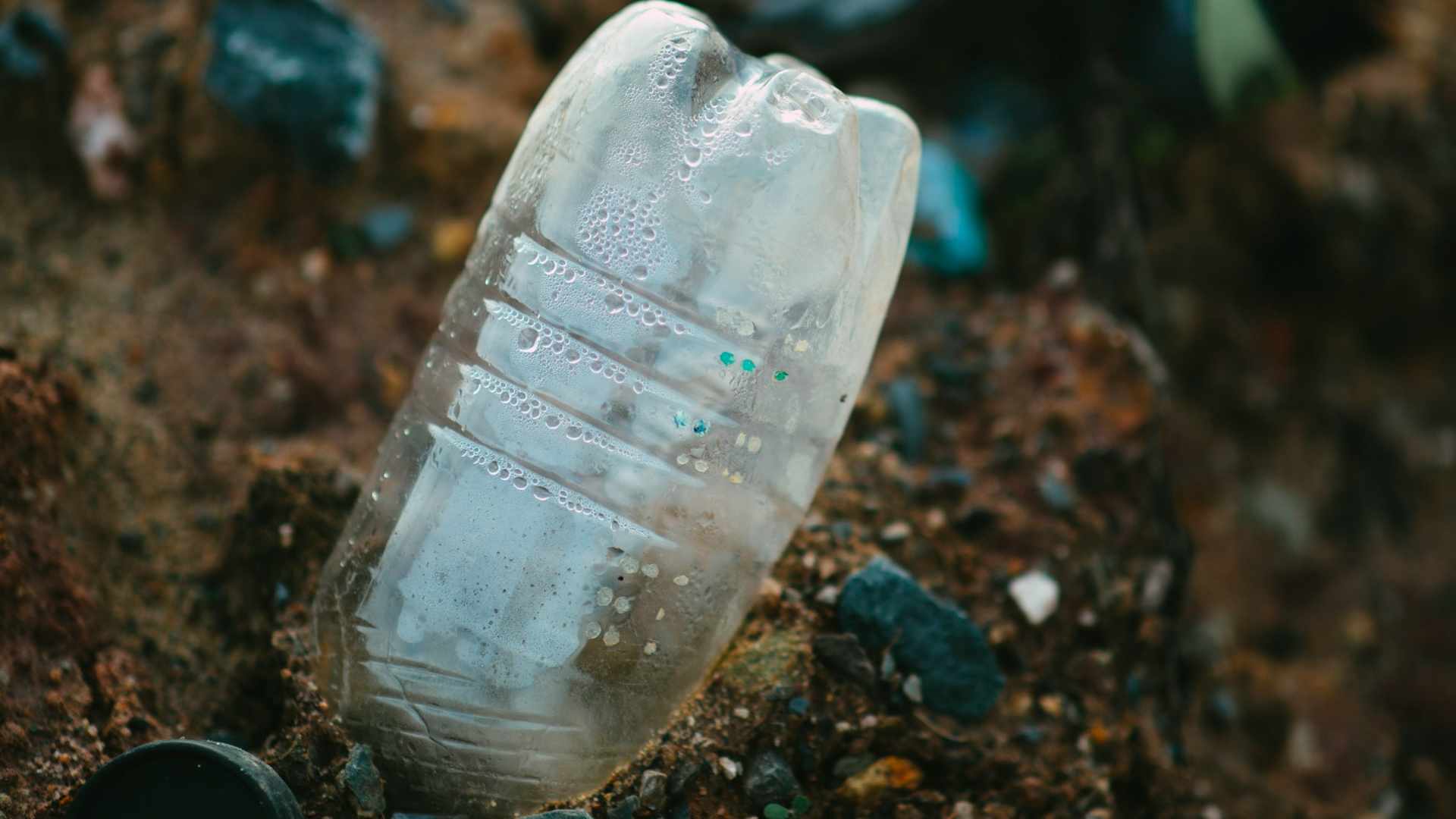
Because microplastics are so small, one may be tempted to believe that the effect they have on the environment is also small. This is unfortunately far from true.
The UN Environment Programme says microplastics can be homes for tiny disease-spreading organisms. When microplastics enter the water they can turn local watering sources into disease vectors. They may also degrade the quality of soil, which will in turn affect the health of plants and everything else in the ecosystem.
What Can Be Done About Microplastic Pollution?
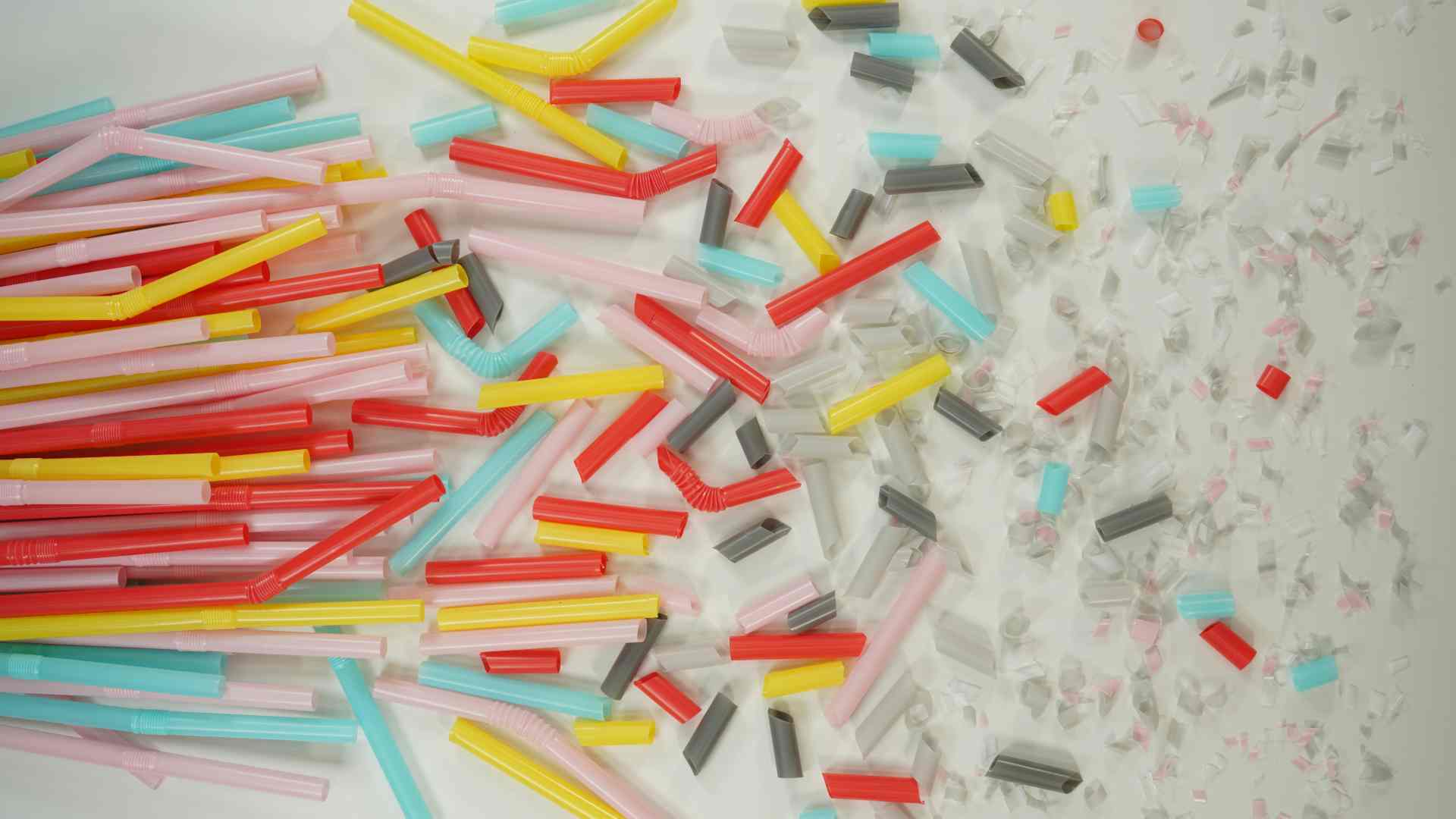
Researchers are hard at work figuring out ways to combat the effects of microplastic pollution, but the research is still ongoing. An article from Scientific American suggests that the whole process of recycling needs a fundamental rethinking.
In the meantime, microplastics will continue to spread across the planet. They are now found in the depths of the ocean, and even inside clouds. Plastic production sees no signs of slowing down, so people will need to be proactive to prevent dire consequences down the road.
Can Microplastics be Recycled?

Bioeconomy BW reported on different methods for removing microplastics from the environment and water. A method called green chemistry developed by startup Wasser 3.0 uses hybrid silica gels to purify water at a higher level.
By using advanced compositions of materials they can successfully and efficiently remove microplastics from water. This technology is still in development but Wasser 3.0 is hoping to scale up the technology so it can see wider use.
The Removal Process

Wasser 3.0’s process is effective at removing organic, inorganic, and microplastic pollutants from water. They are removed through a process that causes pollutants to clump together.
These pollution clumps then float to the surface of the water and can be easily removed by skimming this surface. The process does not produce any by-products.
The Costs of Recycling
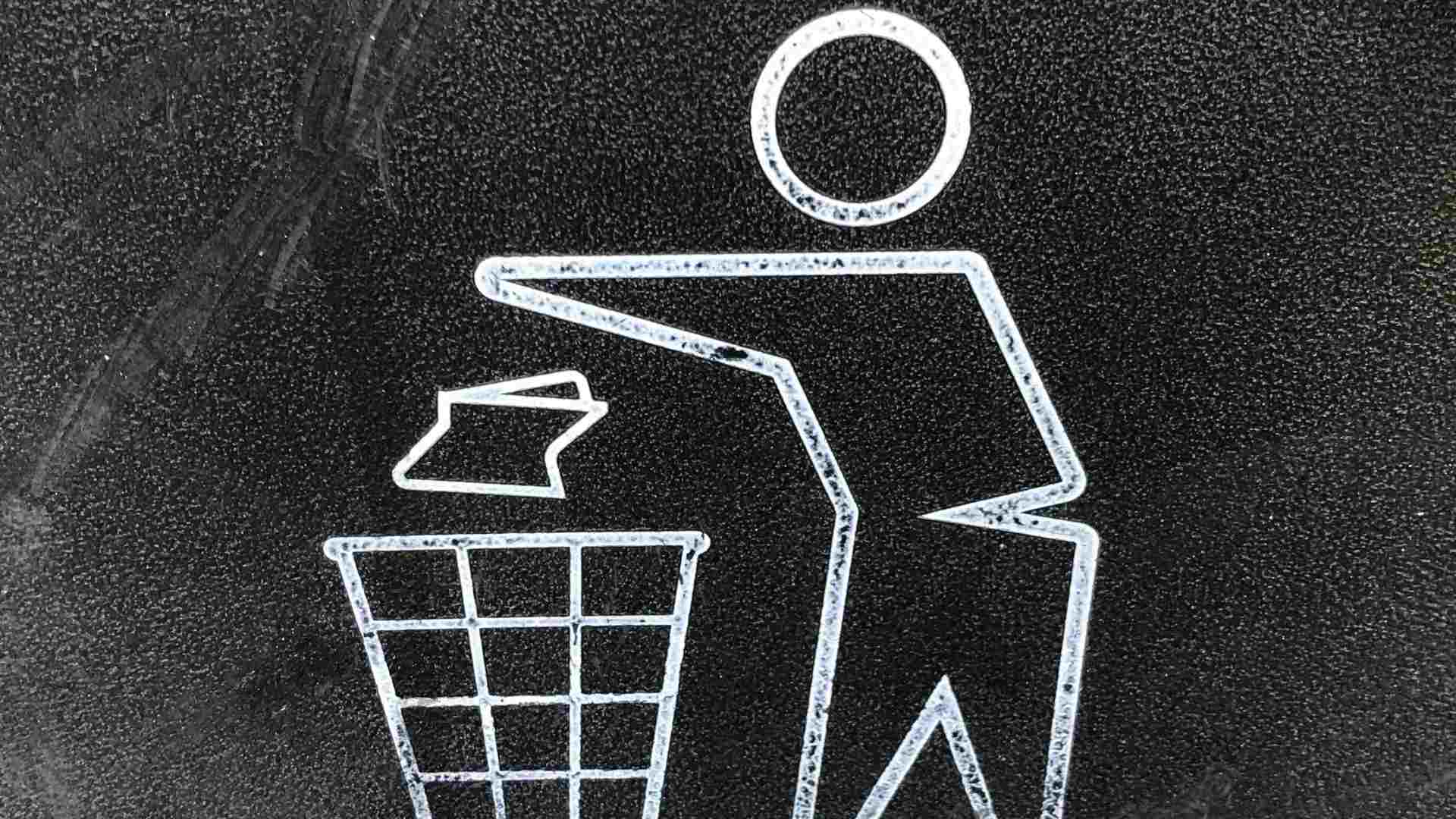
A lot of the time, the prohibitive cost of recycling something is what is holding the process back. CNBC reported that certain items like toothbrushes and cigarettes are not on the recycling list because it’s just not economically viable.
Collecting and transporting a toothbrush to a proper recycling center just costs way more than the benefit you are getting out of the recycled plastic.
The Economic Perspective

Founder of Terra Cycle Tom Szaky told CNBC how the losses corporations see make it hard for them to invest in recycling.
“As a retailer or brand, if you just frame it as ‘the right thing to do’ the funding will be small and sporadic because there is no P&L logic to do it. But if you can use it to drive foot traffic like Walmart with car seats or Staples with pens, it can be monetizable,” he said.
What’s the Best Solution?

In light of the fact that recycling can often cause harm on its own and considering that recycling can be economically unviable for many products, what is the solution?
The only real answer some suggest is for people to start consuming less. There needs to be an attitude shift towards reusability. “Before the 1950s, we received milk from the milkman and mended clothes and cobbled shoes,” Szaky says.
Can We Ever Achieve Zero Waste?

The problem with just consuming less is that we have already added so much plastic pollution and trash to the world. Although consuming less helps in the long run it is not a solution we will see immediate benefits from.
Some propose we aim to achieve zero waste, where we cater products and consumer attitudes to make all products reusable in a circular economy. It’s possible in the future if companies develop these types of products, then there will be no waste because all or most products can be reused.
